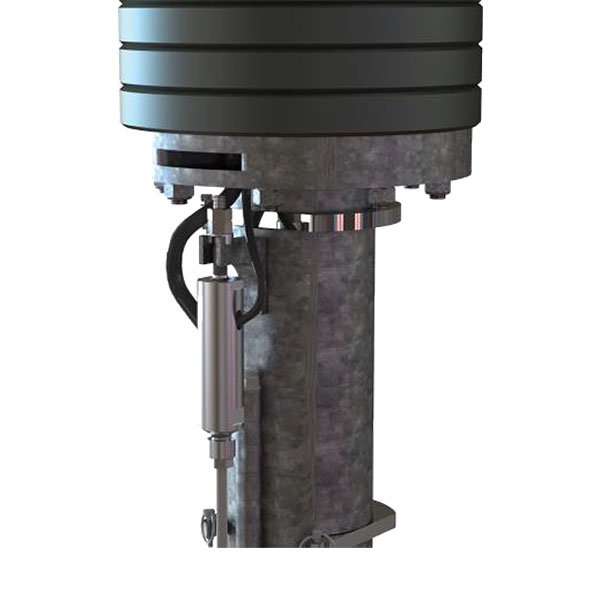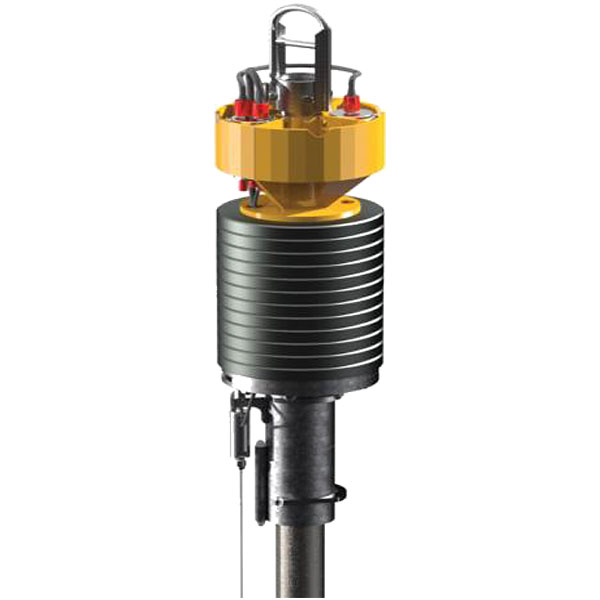FT580 HEAT FLOW
Description
The FT580 heat flow system has been designed to work as a standalone system, or as an add-on sensor to our range of piston, gravity, and vibrocorers. High resolution digital data can either be collected in real time using an umbilical cable or logged internally for retrieval when the instrument is recovered to the vessel. Heat flow systems are used in many industries including environmental impact, gas hydrate stability analysis, renewable power cable design and lithospheric research and much more. Our heat flow system measures the thermal gradient used to calculate thermal conductivity/resistivity of marine sediment. To achieve these various parameters are collected including probe insertion acceleration and inclination, water temperature, the heat pulse energy administered and the marine sediment temperature at defined depths (0.5m increments as standard but our system will provide ultra-high resolution data up to 0.05m spacing). The system is designed to be very simple to operate and it is automated wherever possible. The basic operational principle is as follows:
1. Insert probe into the seabed, this can be done using a Feritech gravity, piston or vibrocorer
2. Wait while automatically monitoring the residual heat from friction during probe insertion, once dissipated the test can begin
3. Heat pulse is administered. This is a very accurately measured dose of energy that heats up the ground
4. Record the temperature at each node along the array to allow the temperature decay curve to be plotted at each point
5. Extract the probe and recover to the vessel, the thermal parameter data is downloaded or shown in real time when connected using an umbilical.
We have used custom ground-breaking electronics to provide a digital system that provides ultra-high resolution, super accurate data. Sensor length and node spacing can be customised for specific projects. The system can also be setup and deployed for long term passive measurement surveys with a battery of up to two years long term monitoring of seabed temperatures are possible.



